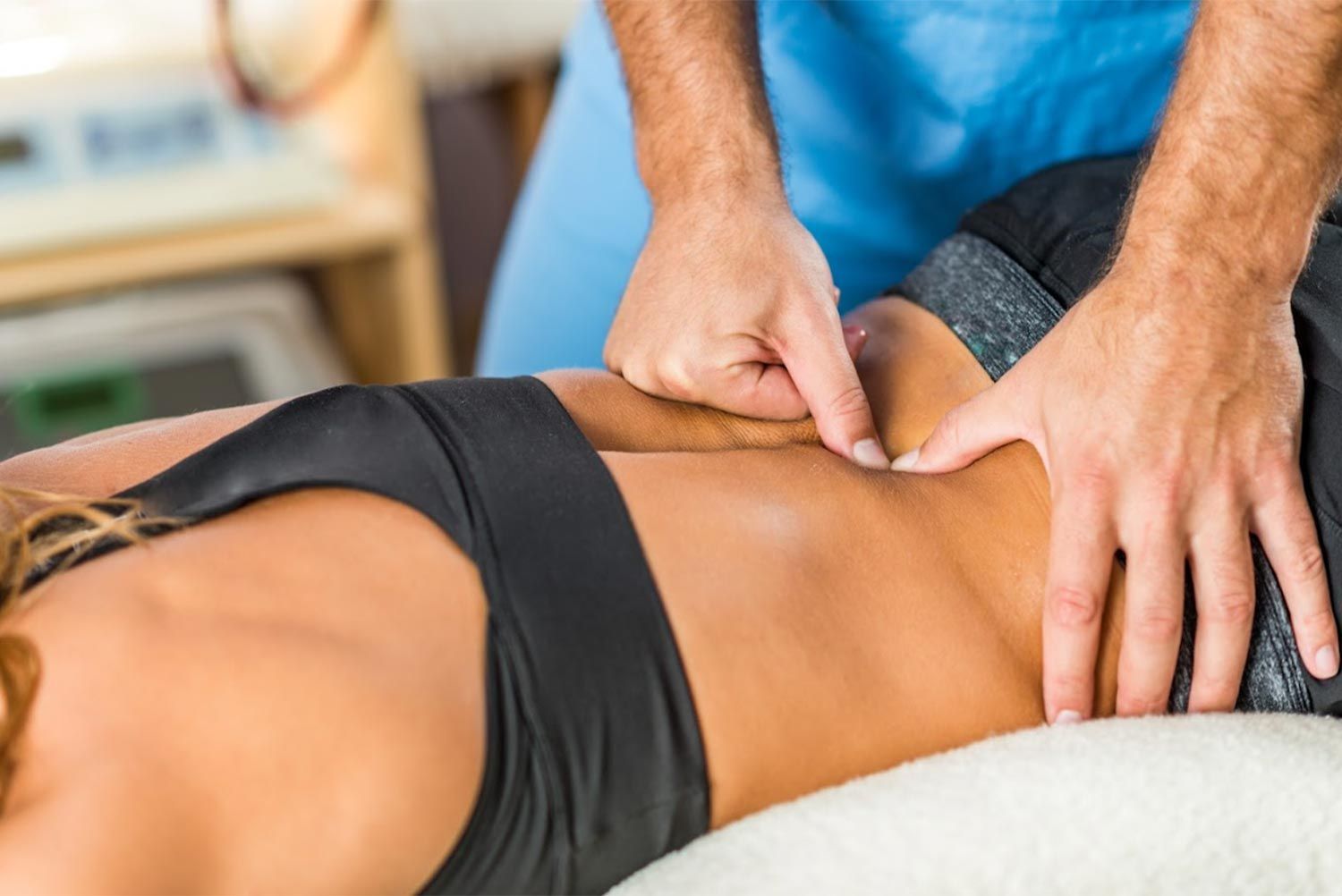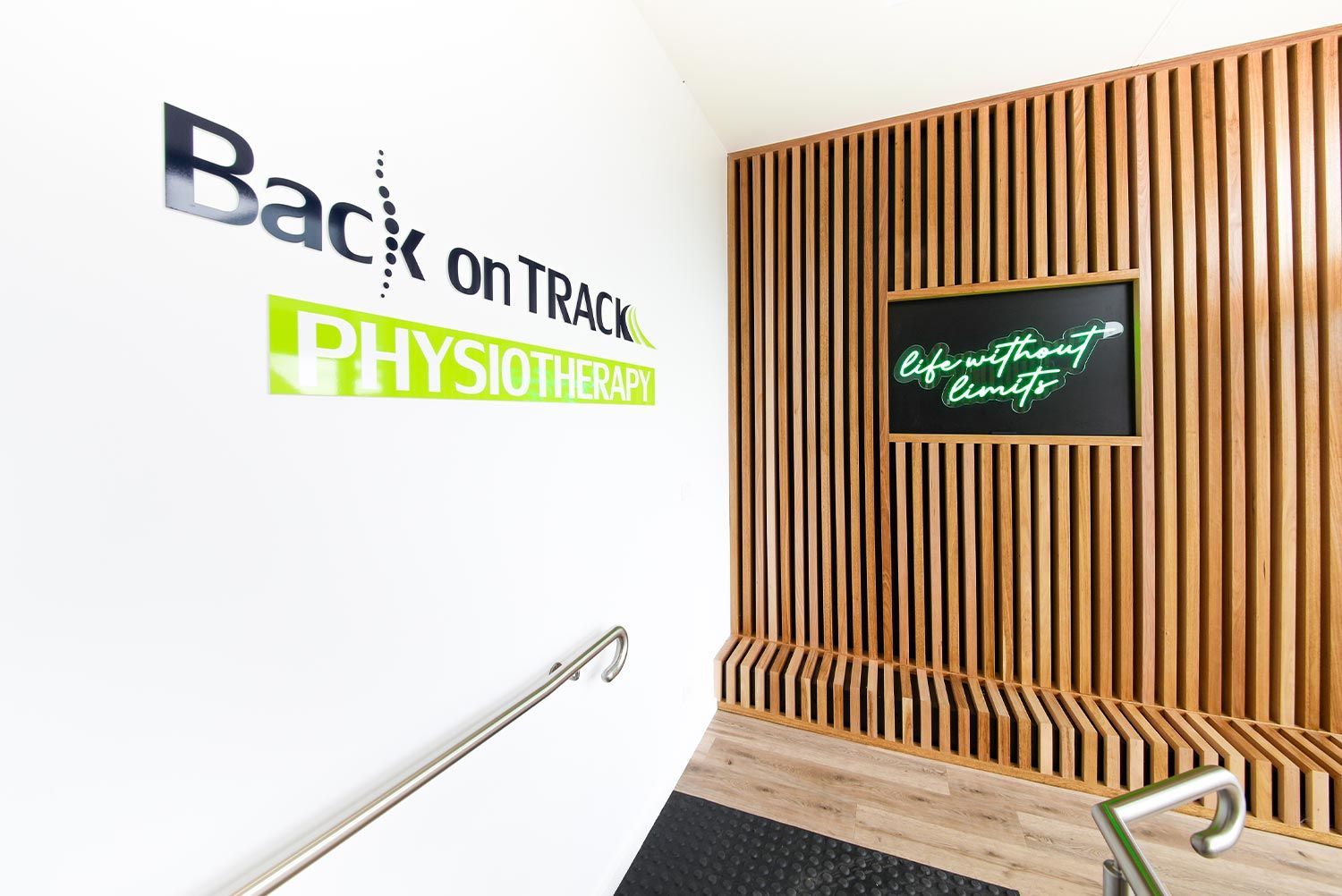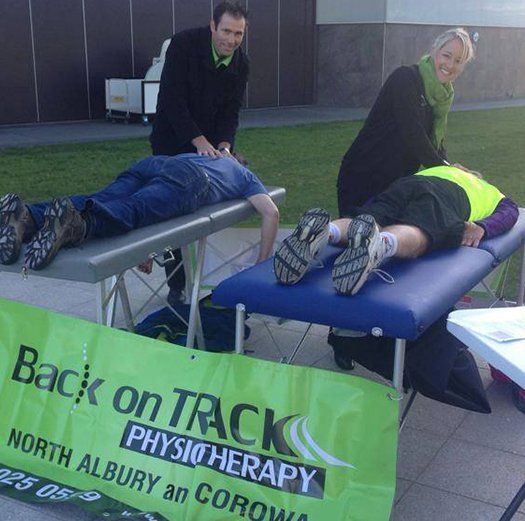Vertigo

Slide title
Write your caption hereButton
Vertigo
Benign paroxysmal positional vertigo (BPPV) is one of the most common causes of vertigo. It is described as the sudden sensation that you're spinning or that the inside of your head is spinning.
BPPV causes brief episodes of mild to intense dizziness. It is usually triggered by specific changes in your head's position. This are often reported to be everyday things, such as:
- Rolling in bed
- Sitting up out of bed
- Looking up and down
Often there is no root cause of BPPV (annoying! But true). BPPV occurs when crystals (called otoconia), normally located in one part of your inner ear become dislodged and collect in another part of the inner ear balance system.
As your head moves, the dislodged crystals also move and incorrect messages are sent to your brain and then to your eyes.
When assessing for BPPV, our Vestibular trained Physiotherapists (in Albury and Corowa) will perform an extensive assessment to help rule out any other causes of dizziness. In assessing for BPPV, our team will try different positions to see if that can bring on your symptoms. This is important because it lets us know what could be causing the vertigo and lets us know which treatment is best for you. BPPV can be treated effectively, especially if diagnosed early. If you ever aren’t sure, we can always help guide you in the right direction.
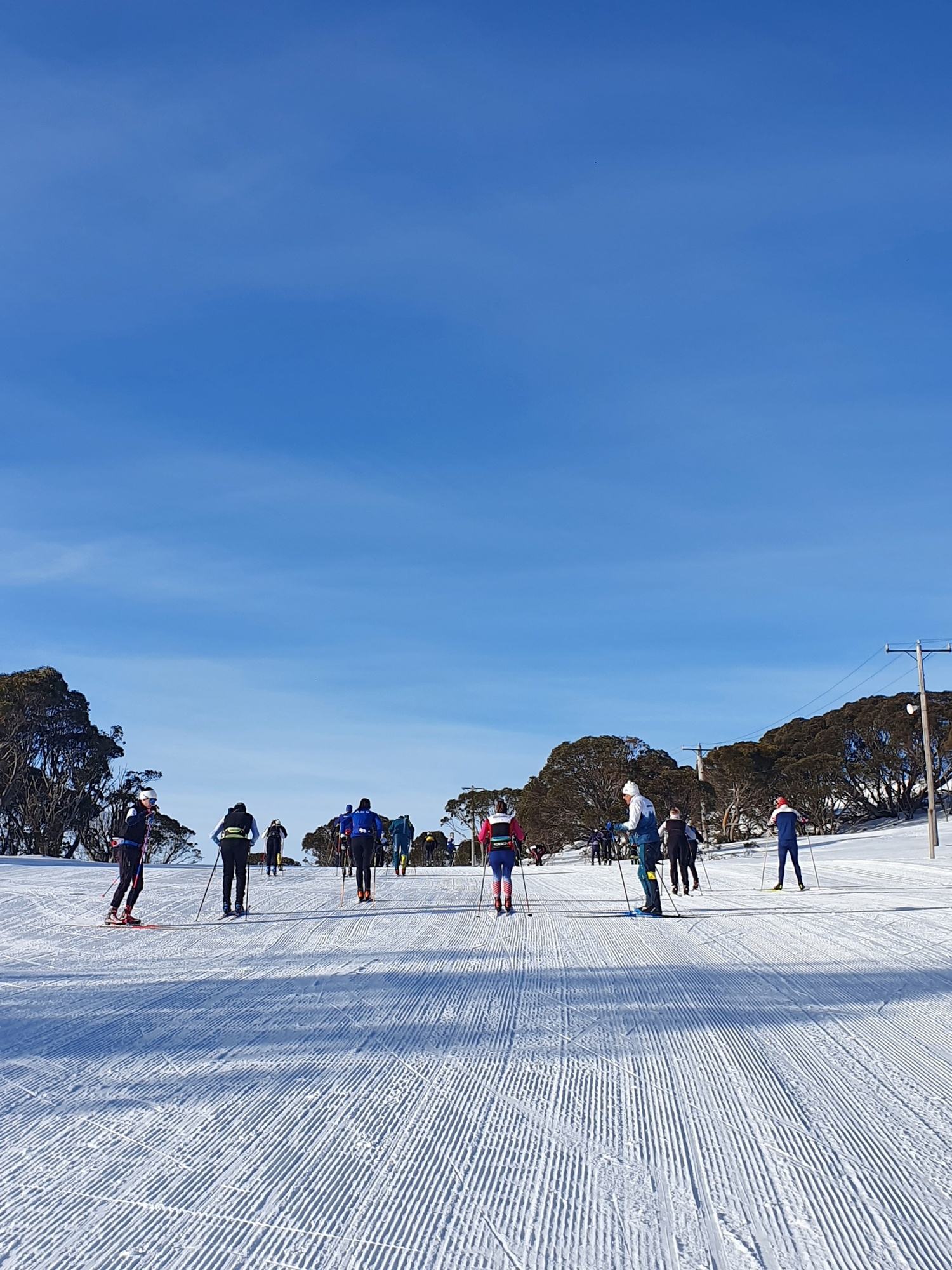
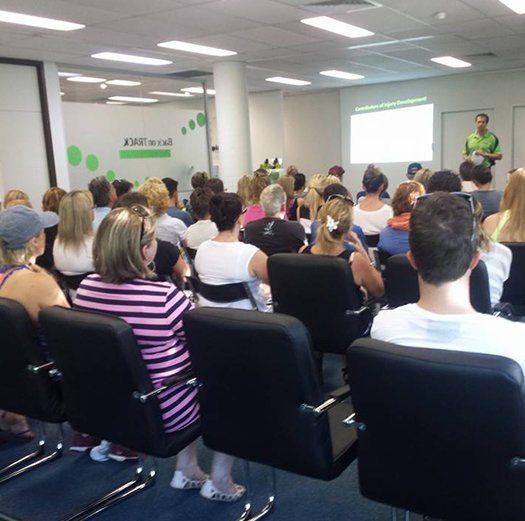

Contact Back on Track Physiotherapy
Request an appointment or simply enquire about our services or team – it could be the first step to feeling "Back on Track".
Corowa Clinic
Phone: 02 6033 0933
Finley Clinic
Phone: 02 6033 0933
Berrigan Clinic
Phone: 02 6033 0933


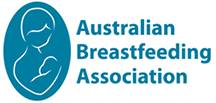

Acknowledgement of Country
We Acknowledge the Traditional Custodians of the lands where we work and the places in which we live. We pay respect to Ancestors and Elders, past, present and future
© Copyright 2023 | All Rights Reserved | Back on Track Physio | Web Design by ACM Digital




